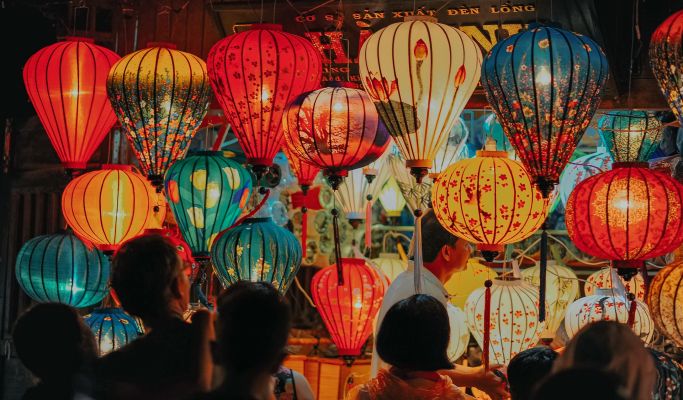
Museums Without Walls in Asia
Research Goals and Objectives
In the past decades contemporary museology faced the phenomenon of rapidly emerging heritage spaces which no longer fulfil the requirements of the museum definition, but, in fact, claim their museum status. Especially in in the Global South, the development of new experimental museums significantly challenged the canon of contemporary museology, by interrogating whether a museum was still a permanent institution or a more inclusive space of a political resistance and social activism. Since 1970s, “decolonization” practices of museums in many countries, put these heritage institutions outside the confines of the museum definition, developed by International Council of Museums (ICOM). However, the idea of the “museum without walls” that emerged in the second part of the 20th century, a “fluid and open concept” of new museology has mainly remained underexplored.
The project aims to explore the concept of a “museum without walls” in Asia as it exists in numerous manifestations from ad-hoc non-institutionalised community heritage practices to increasingly virtual or hybrid institutions capitalising on the new AR, VR and AI technologies.
Research Questions and Methodology
The research project will take multiple conceptual directions and interrogate the phenomenon of “museums without walls” from various perspectives:
Historico-political:
- What kind of agencies, institutions existed in Asia to preserve and share human heritage and culture before the Western concept of museology shaped these institutions in the last centuries?
- If/How this pre-museum history affects Asian museology now? Are there any foundational structures, models or concepts that are particularly important in the new turn of museology on the cross-road of a rapid development of immersive technologies?
Socio-cultural:
- What practices currently exist in heritage management which could constitute “museums without walls”?
- Could we consider defining museums as “a space of activism,” “a community space,” “a pure cultural experience,” or “a cross-generational link” rather than an institution with a collection of artefacts? Do museums necessarily need collections?
Comparative cross-cultural:
- What are “eco-museums,” or "museums without walls" in Asia and in the rest of the world?
- What museum practices exist only in Asia and why? What museums from the rest of the world could learn from these practices? Would they be applicable in other contexts?
Techno-phenomenological:
- Do museums need brick-and-mortar manifestations in the new century? Could “museums without walls” exist only in virtual dimensions? What museums lose when their go exclusively digital?
- With VR, XR NFTs and blockchain technologies developments, how could we define a museum to differentiate it from a wide range of other actors that emerge in the virtual environments?
Methodology
There are no limitations in terms of methodological approaches. Depending on the conceptual framework and questions as well as the existing research limitations and opportunities, the project could be based on different or combination of research methods from specific case studies to desk research and mapping of existing practices; from traditional ethnographic enquiry to netnography and digital content analysis.